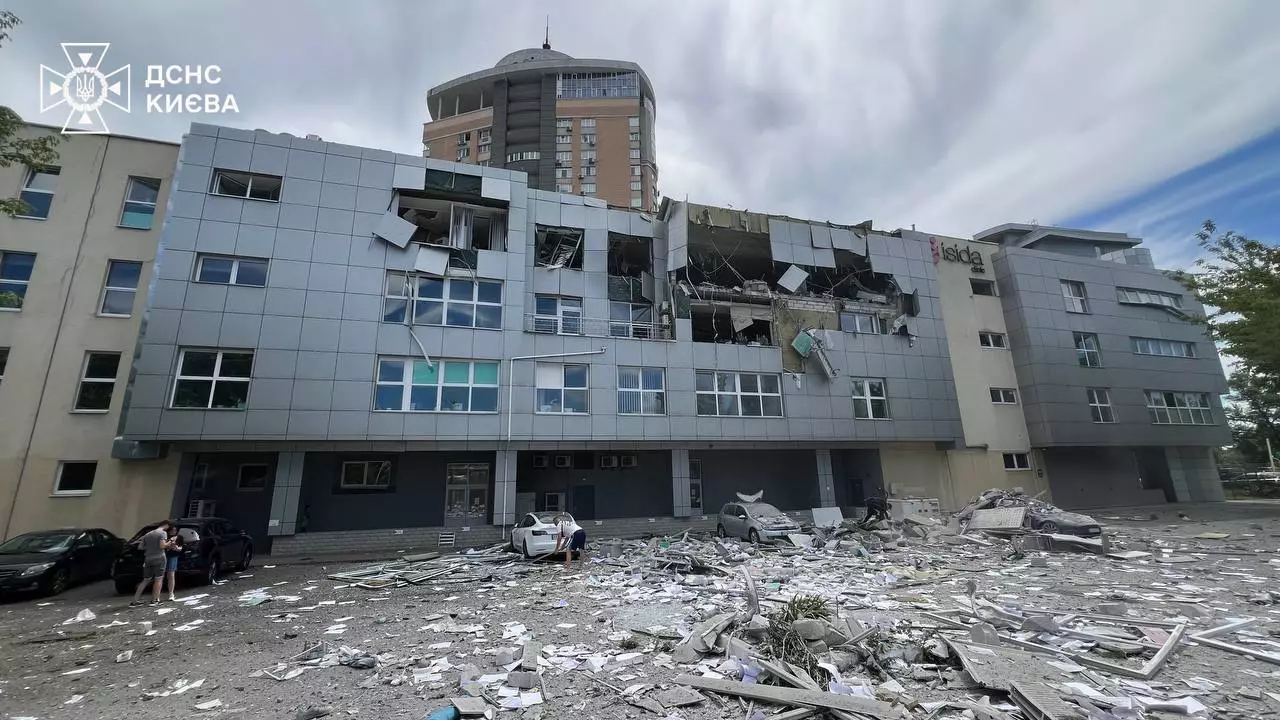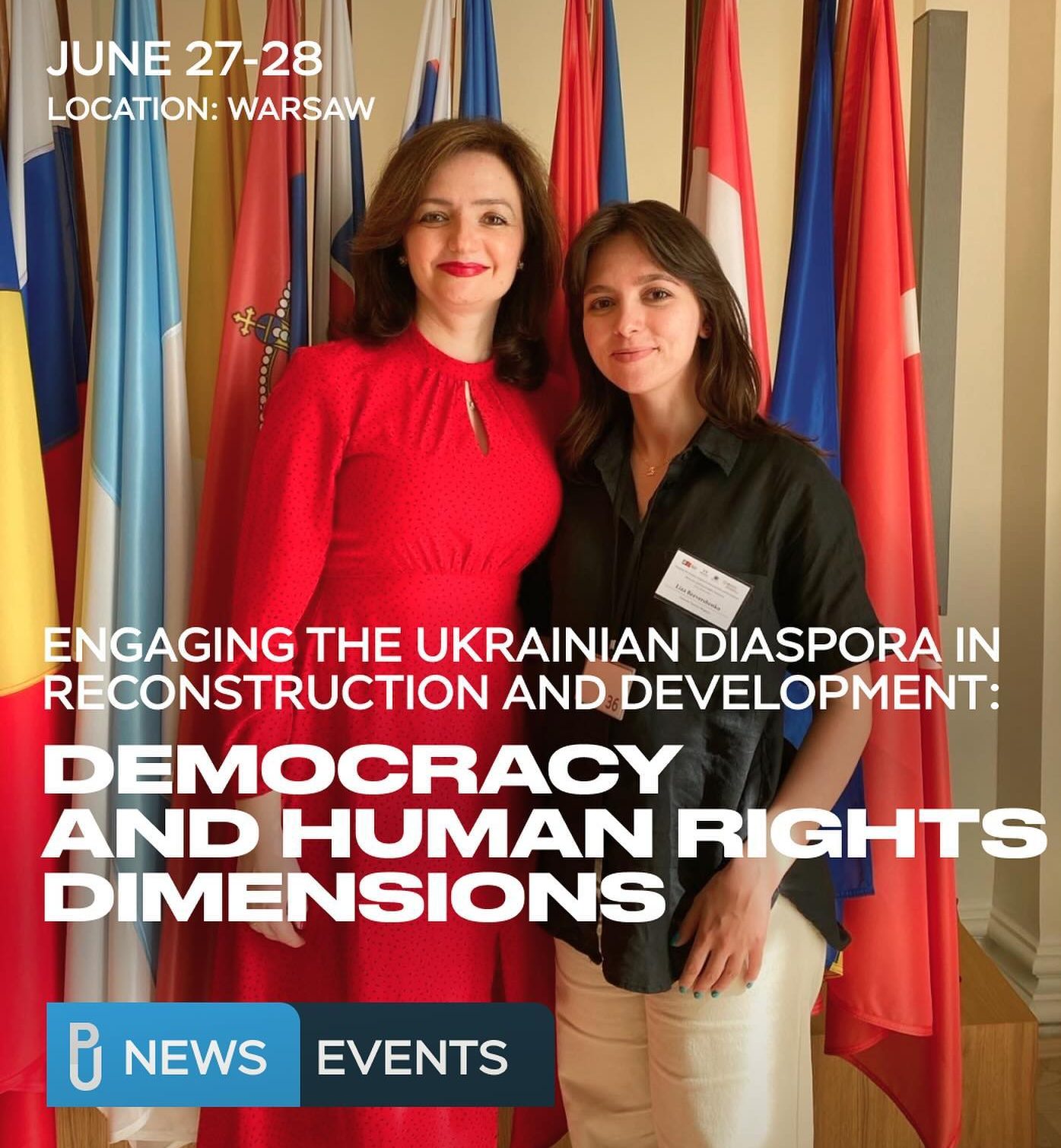According to the survey of Ukrainian citizens conducted by the Kharkiv Human Rights Group experts in 2018, on can talk about 64 thousand cases of tortures per year just by law enforcement officers. Human rights defenders often aren’t allowed to get inside the prisons to record the effects of tortures. Unfortunately, there is no official statistic data on such violations in Ukraine.
Verkhovna Rada Human-rights ombudsman Lyudmyla Denisova said that her employees recorded the facts of tortures during each visit to Ukrainian prisons and noted the high level of cruelty towards consumers of psychiatric hospitals, social institutions and geriatric boarding schools. According to her, “tortures look to be endless”.
In 2019, the Ombudsman Office fixed 1,411 cases of such violations, while the General Prosecutor’s Office opened 52 criminal proceedings over the tortures. However, the overwhelming majority of such cases is qualified not as a torture, but as an excess of power. Less than 3% of criminal proceedings go to court, while real judgements of court amount to 10-15 cases per year only.
“There is a possibility to document bodily injuries in accordance with the Istanbul Protocol, but Ukrainian legislation does not provide to the full extent that this evidence will be taken into account by a court. “The cases which are instituted over torture rarely end with a verdict”, Dmytro Reva, Head of the NGO “Human Rights Group “SICH” noted.
In his turn, Dr. Jens Modwig, Head of DIGNITY’s health department and the Chairman of UN Committee against Torture, said: “We say, that a torture is an infliction of pain and suffering by an official person with a specific purpose, which is not concealed. Victims often feel guilty and they avoid talking about torture. Memories evoke painful flashbacks; there is a desire not to think, not to remember, and a victim seems to “encapsulate” in himself. It is very difficult to understand what happened. This is exactly what the Istanbul Protocol works on: torture consequences properly documenting. It is extremely important to do this on time, because the “window of time” can last only 2-4 weeks”.
The Istanbul Protocol was published in 1999 as an international list of recommendations for torture consequences documenting. It includes not only a guide for doctors on how to examine a person from top to toe, but also a detailed description of the examination conditions, the process and the standards of investigating the facts of torture.
Natalia Tolub






 UA
UA FR
FR DE
DE




